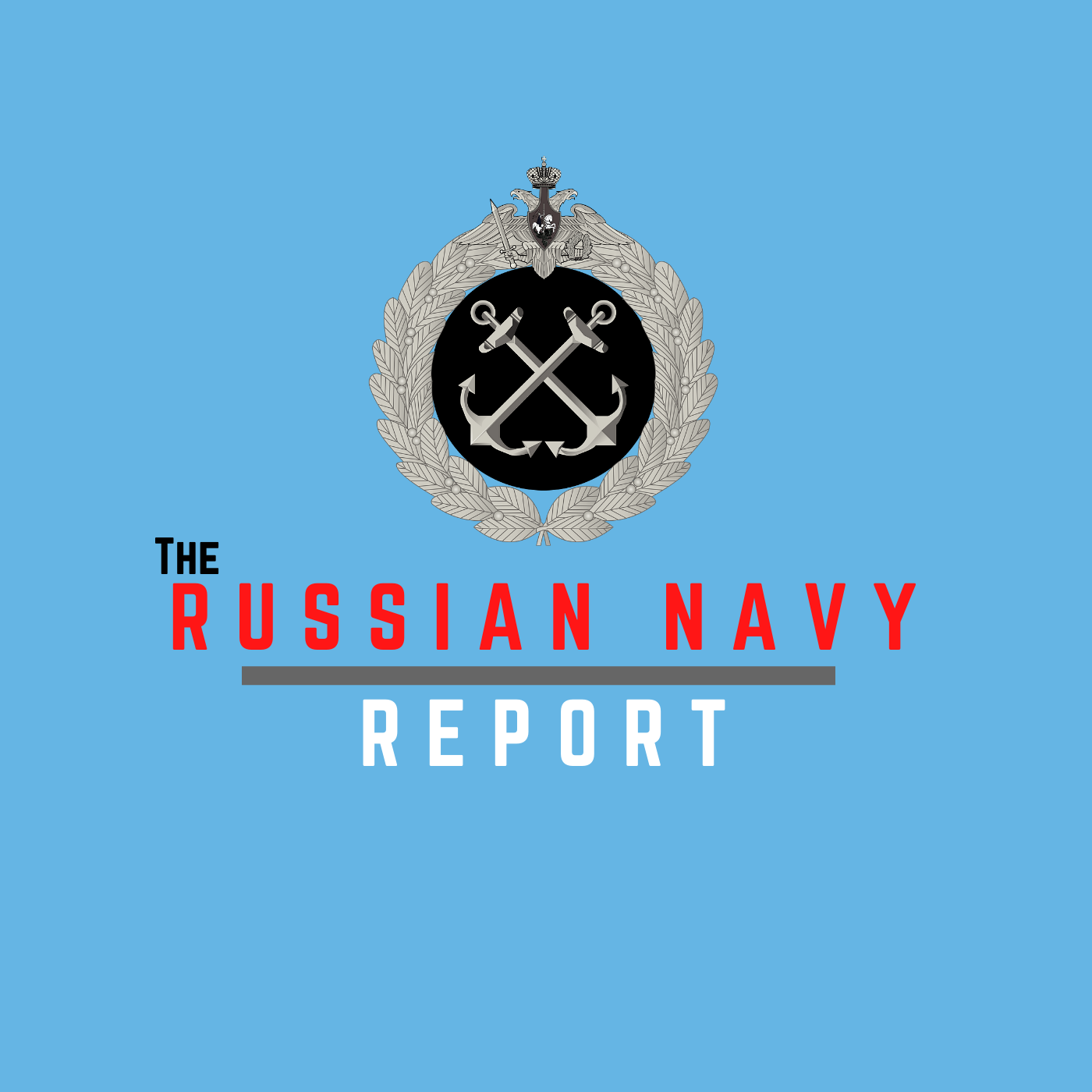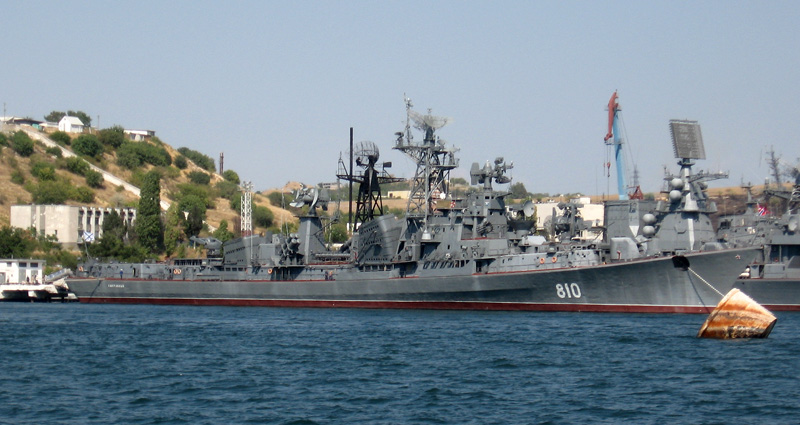Yasen Class
| Yasen class internal layout |
It can be a little confusing when looking up information on this class of Russian submarine. There are many different names that this class has been called.
First the Russian Navy refers to the project as Project 885 Yasen (Russian: Проект 885 "Ясень", Yasen means ash tree). The class is also sometimes referred to as the Severodvinsk class because this is the lead ship in the class. There is also the term Graney class, but this has been used less and less.
 |
| Severodvinsk getting underway |
The lead ship of this class was launched in September of 2011, and later that month put to sea for sea trials. It is expected that the Severodvinsk will join the fleet in the latter half of 2012. The second boat of the class, Kazan, is currently under construction.
 |
| Yasen Class in drydock |
The Severodvinsk was initially laid down in 1992 and was delayed for financial reasons. The price of the lead ship is believed to be more than one billion US dollars. The follow-on ships of the class will feature upgraded weapons and electronics packages.
The Yasen class submarines are multi-role submarines that were developed from lessons learned from the Akula, Oscar, and Alfa class submarines.

According to several naval analysts this class will be the quietest Russian submarine ever built, but that has yet to be confirmed.
K-329 Severodvinsk can be seen in Google Earth at 64°34′31″N 39°48′02″E / 64.575181°N 39.800550°E.
Russia is planning to built 10 of these submarines, to replace older Soviet submarines.
Here is a layout for the Russian speakers out there.




















